We Use CookiesWe use cookies to enhance the security, performance,
functionality and for analytical and promotional activities. By continuing to browse this site you
are agreeing to our privacy policy
10 Best Screen Protectors
From leading brands and best sellers available on the web.By clicking on a link to a third party's website, log data is shared with that third party.
Buying Guide for the Best Screen Protectors
Screen protectors are thin layers designed to protect your device’s screen from scratches, smudges, and sometimes even cracks. Choosing the right screen protector can keep your phone, tablet, or other gadgets looking new for longer and can help preserve the resale value of your device. To pick the best fit for your needs, it is helpful to understand the main features and attributes that differentiate screen protectors. Knowing what each specification means and how it affects daily use can help you make a confident, informed decision that matches your lifestyle and habits.MaterialThe material of a screen protector is crucial because it affects the clarity, feel, and level of protection. The main types are plastic (PET or TPU) and tempered glass. Plastic is thin, flexible, and less expensive, but it usually offers basic scratch resistance and can feel less smooth. Tempered glass is thicker, provides better protection against impacts, and feels more like the original screen. If you often drop your device or want a natural touch experience, glass is usually the better choice, while plastic can be enough for light users who are mostly worried about scratches.
ThicknessThickness, measured in millimeters or microns, refers to how much material stands between your finger and the device screen. Thin protectors (below 0.2mm) are less noticeable and keep the screen’s touch sensitivity close to the original, but may offer less impact protection. Thicker options (above 0.3mm) provide stronger defense against drops but may slightly change how the screen feels under your fingers. If you want maximum protection because you’re active or prone to accidents, thicker is safer. If you value the feel and look of your original screen, choose something thinner.
Hardness RatingHardness rating, often written as '9H' on tempered glass protectors, indicates resistance to surface scratches. The higher the number, the harder it is to scratch. For screen protectors, a 9H rating (on the pencil hardness scale) is common and means the protector can resist everyday scratches from keys and coins. If you keep your device in pockets or bags with other items, seek higher hardness. For less risky environments, this rating is less critical.
Oleophobic CoatingAn oleophobic coating is a surface treatment that repels oils and fingerprints, making your screen easier to clean and keeping it clearer. Some screen protectors include this feature, while others do not. If you use your device a lot or hate fingerprint smudges, look for a screen protector with this coating, as it will keep the screen looking fresh and reduce cleaning time.
Clarity and Touch SensitivityThis refers to how much the screen’s brightness, clarity, and touch responsiveness are affected. High-quality protectors maintain the original screen experience, while lower-quality ones can look dull or cause a delay when you tap or swipe. If you use your device for reading, watching videos, or gaming, prioritize protectors that guarantee high clarity and sensitivity. For simple everyday use, slight changes may not bother you.
Type of CoverageCoverage refers to how much of your device’s front the protector covers. Standard types only protect the flat display area, while full coverage options wrap around to the curved edges. If your device screen is flat, regular coverage is usually enough. For devices with curved edges, full-coverage protectors can provide better all-around protection and a seamless look.
Ease of InstallationSome screen protectors are easier to install without bubbles or dust. Features like alignment frames, adhesive layers, or included installation kits can make a big difference. If you are new to applying screen protectors or want a hassle-free experience, look for products that advertise simple installation and include tools like dust removers or guide frames.
Special FeaturesAdditional features like privacy filters (which make the screen visible only from straight on), anti-glare coatings (reduce reflections), or anti-blue light layers (reduce eye strain) can be important for certain users. If you work in public, a privacy filter can keep your content safe from prying eyes. If you often use your device outdoors, anti-glare helps. If you use screens for long hours, consider anti-blue light protectors.
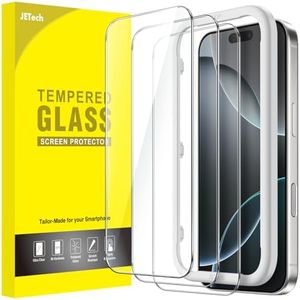

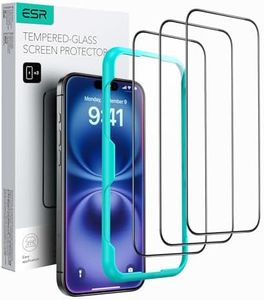
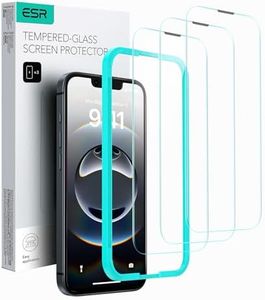
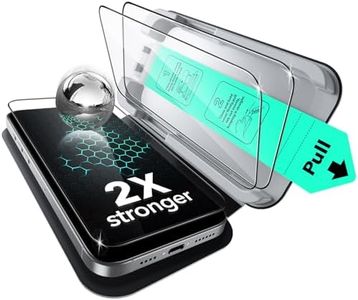

![amFilm OneTouch Tempered Glass Screen Protector Designed for Nintendo Switch 2 model 2025- With Auto Alignment Kit, Bubble Free [2-Pack]](https://images-proxy.bestreviews.guide/pHthLMgZXEwIoK-vha-Xuvk7Xhk=/0x300/https://m.media-amazon.com/images/I/41-JRL9kyWL._AC_CX679_.jpg)
![amFilm [2+2 Pack] OneTouch Tempered Glass Screen Protector Guard for Samsung Galaxy S24 Ultra 6.8 Inch with Camera Lens Protector, 9H Hardness, Easy Installation, Bubble Free and Case Friendly.](https://images-proxy.bestreviews.guide/4kivT8VCf83t6KhA13Y5KuAQnY4=/0x300/https://m.media-amazon.com/images/I/51-l1Fyk94L._AC_CX679_.jpg)
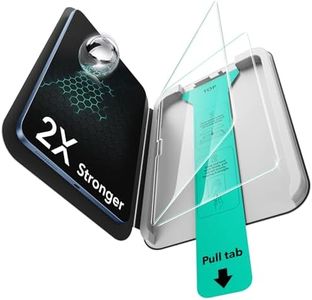

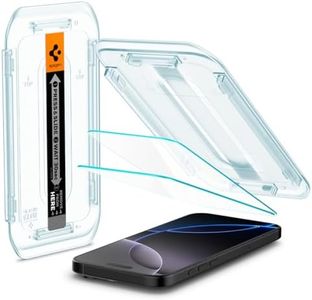
![[2+2 Pack]](https://images-proxy.bestreviews.guide/LDOjcNNSbr2ykSAv_1USpwQ99Ok=/0x300/https://m.media-amazon.com/images/I/41qaAsblxhL._AC_CX679_.jpg)


![[2+2 Pack]](https://images-proxy.bestreviews.guide/lSTxMm93D6MmNC1Oa_YQYc-1h1M=/0x300/https://m.media-amazon.com/images/I/41IMyPZSLVL._AC_CX679_.jpg)

